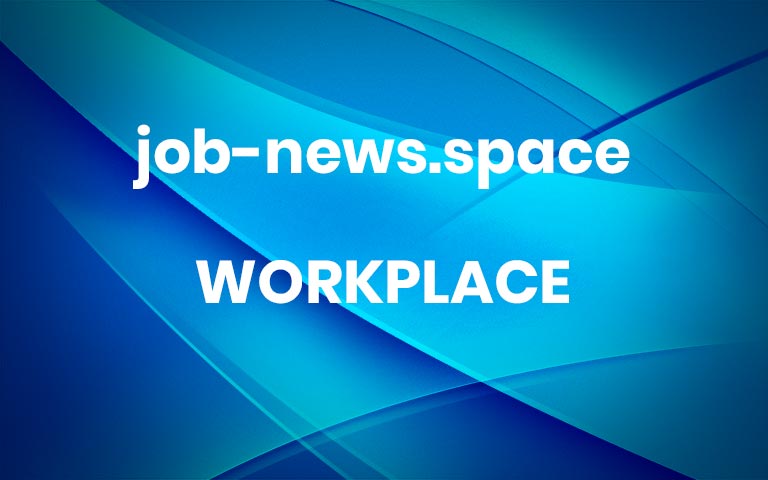How to Secure the ‘Passive’ Candidate
Thanks to the sudden shift from a client-driven market to a candidate-driven market, recruiters and employers across all industries, including accountancy and finance, are having to change tact to source and secure top talent.
With many of the most desirable candidates having already been snapped up by the competition, knowing how to target the ‘passive’ candidate is more important than ever. Passive candidates are not on job boards or #OpenToWork on LinkedIn. Basically, they are not actively looking for new employment. But that does not mean they are not interested…
What is in it for them?
Passive recruiting is all about showing suitable candidates why a position within your company is the best possible fit for them.
But how do you convince them to leave the comfort of their current role to join your team? Simple (sort of) — give them an offer they cannot refuse. When recruiting passive candidates, you are trying to convince them that the grass really is greener on the other side.
So, what are the primary things you should focus on as an employer to impress your ideal candidate and sway them towards your business? There are several ways for companies to stand out against the competition and secure the best fit for the job when actively seeking passive candidates…
Do your research
How long have they been in their current position?
What could you offer them that their current employer cannot?
What is their experience, and why does it make them a perfect fit for this role?
To make extra sure you are right to invest your time and energy into attempting to recruit a person not actively looking for a new job, it is essential to establish what it is about them that makes them ideally suited to this opportunity. This will make your communications with them more personalized and targeted from the first contact.
Offer a competitive salary
Unfortunately, it is not enough to slap a high salary on the offer and expect it to do all the talking. But although it is by no means the sole deciding factor for job seekers these days, salary will always remain an important draw for candidates. With both starting salaries and temp pay expanding at a sharp rate, it is imperative that the salary you are offering is attractive when reaching out to prospective candidates — and in line with industry benchmarks.
Consider flexible working
A recent survey found that 34% of UK workers said they would resign from their current position if their employer failed to offer flexible working options. In the new age of hybrid working, this will continue to be an important factor for candidates to consider. Employers must seamlessly incorporate and facilitate the new style of working if they want to secure — and retain — new talent, from early recruitment and onboarding procedures to long-term, flexible working policies.
Demonstrate company culture and values
Ensuring your company’s brand and values are consistently represented across all channels and communications is integral to making you stand out in the industry. Many candidates are growing increasingly aware of company values and how they are being implemented — both in policy and the workplace. This could refer to diversity and inclusion programs, gender equality initiatives, emphasis on work-life balance, or any other aspects of your company’s culture that make it a desirable place to work.
Build a good reputation with existing staff
Your current employees could become one of your greatest assets in the hunt for passive candidates. A positive review can make all the difference to a candidate weighing up whether or not to take up an offer. If past and existing staff speak highly of a company, it will create a positive overall impression and provide all the evidence needed to reinforce any claims about why a candidate should leave their role for a different one.
By Julie Mott, Managing Director at Howett Thorpe. Julie is a highly respected and well-connected recruitment individual with over 20 years of experience working in the ever-changing industry.
Share this post: More




